Plants for Seasonally Flooded Field
edlincoln
10 years ago
Related Stories

MOST POPULARWhat to Do After a Hurricane or Flood
How you treat your home after a natural disaster can make all the difference in its future livability — and your own personal safety
Full Story
LANDSCAPE DESIGNFlood-Tolerant Native Trees for Soggy Soil
Swampy sites, floodplains, even standing water ... if you've got a soggy landscape, these trees are for you
Full Story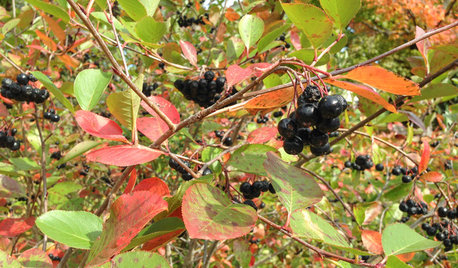
GARDENING GUIDESGreat Design Plant: Aronia Melanocarpa, a Star for Three Seasons
Plant black chokeberry in moist sites in eastern U.S. gardens for colorful spring flowers, red fall foliage and dark blue berries
Full Story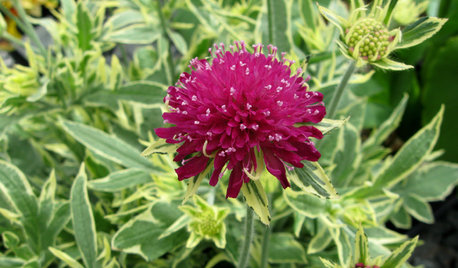
GARDENING FOR BUTTERFLIESGreat Design Plant: Thunder and Lightning for Midsummer Garden Color
Get over the mouthful of a name; focus on the dramatic foliage and gorgeous magenta flowers of Thunder and Lightning field scabious
Full Story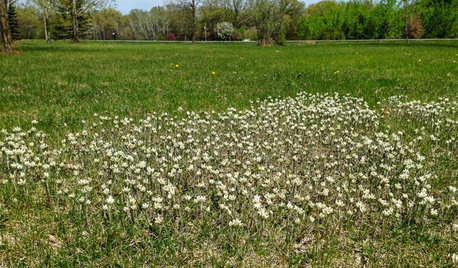
GARDENING GUIDESGreat Design Plant: Antennaria Neglecta
Plant field pussytoes in midwestern and eastern U.S. rock gardens for early-spring flowers and silver foliage
Full Story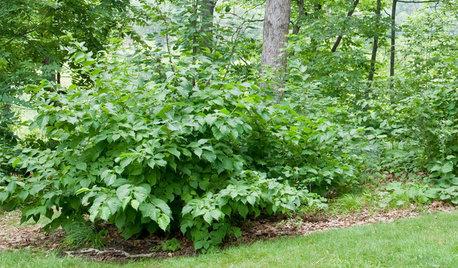
GARDENING GUIDESGreat Design Plant: Corylus Americana Awakens the Woodland Garden
Plant American hazelnut for three seasons of interest and to feed our furry and feathered friends
Full Story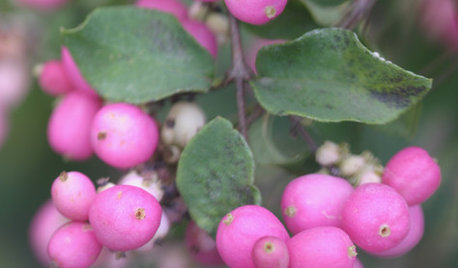
LANDSCAPE DESIGN5 Berry-licious Shrubs to Plant Now for Winter Interest
Showy color during snow season? You bet. These shrubs will wake up a garden with colorful berries when other plants are asleep
Full Story
TREESGreat Design Plant: Coral Bark Japanese Maple, a Winter Standout
Go for garden gusto during the chilly season with the fiery red stems of this unusual Japanese maple
Full Story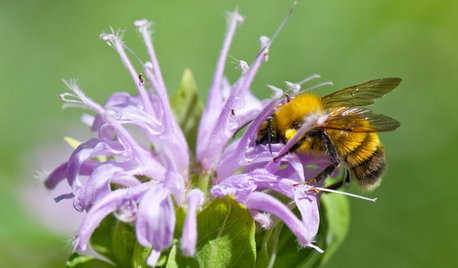
GARDENING GUIDESSupport Bumblebees by Providing Forage in 3 Seasons
Bumblebees are fascinating and fun to observe foraging in gardens. Find out how to create a buffet for these fuzzy, charismatic bees
Full Story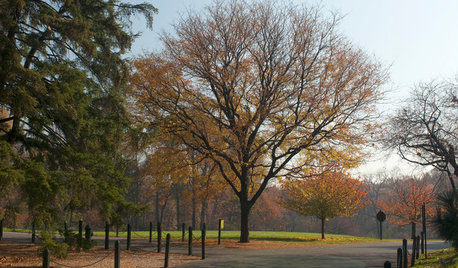
GARDENING GUIDESGreat Design Plant: Honey Locust Tree
No, it doesn't actually produce honey. But its dappled light and tolerant nature are treats in city and country settings alike
Full Story



NHBabs z4b-5a NH
edlincolnOriginal Author
Related Professionals
Windham Landscape Architects & Landscape Designers · Comstock Park Landscape Architects & Landscape Designers · McKinney Landscape Contractors · Bowie Landscape Contractors · Fishers Landscape Contractors · Kailua Landscape Contractors · Lakeville Landscape Contractors · Maywood Landscape Contractors · Mercedes Landscape Contractors · Wentzville Landscape Contractors · Ferguson Landscape Contractors · Clermont Decks, Patios & Outdoor Enclosures · Fresno Decks, Patios & Outdoor Enclosures · Hayward Decks, Patios & Outdoor Enclosures · Inwood Decks, Patios & Outdoor Enclosuresdiggerdee zone 6 CT
edlincolnOriginal Author
diggerdee zone 6 CT
defrost49
mad_gallica (z5 Eastern NY)
edlincolnOriginal Author
mad_gallica (z5 Eastern NY)